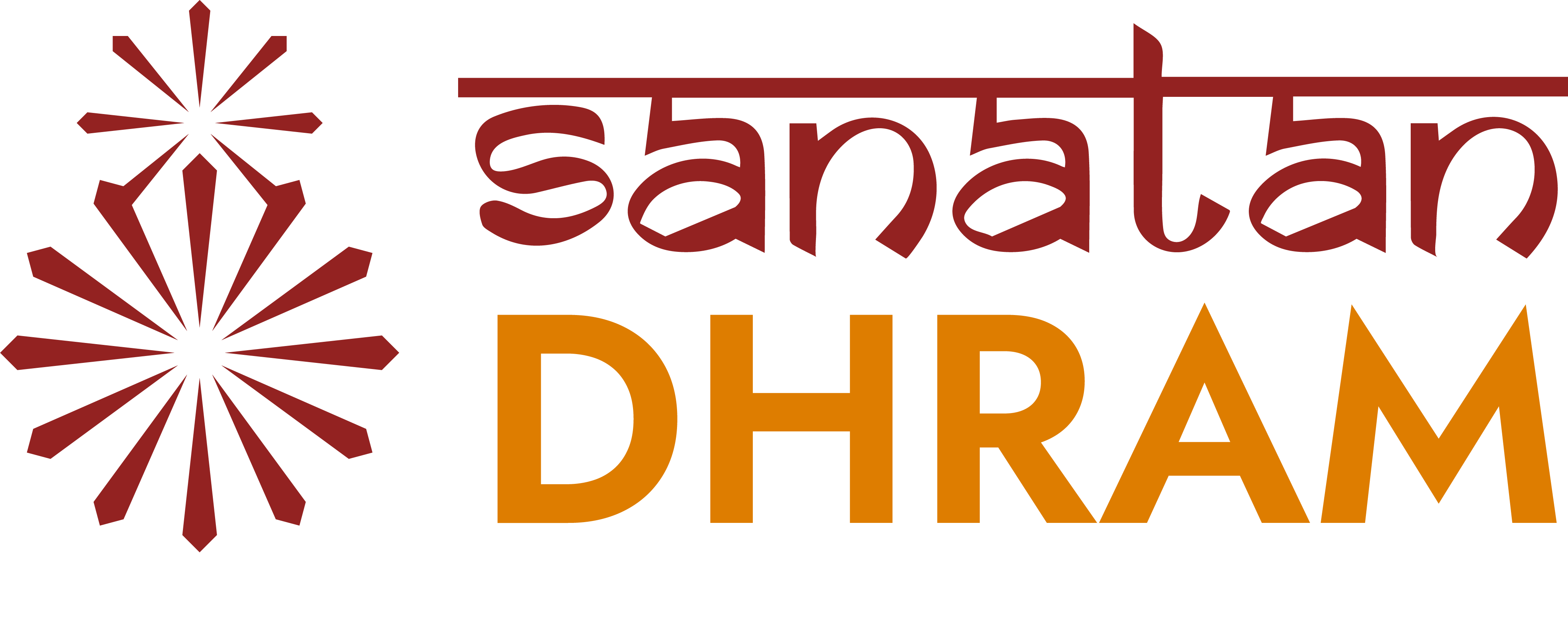Spiritual Practices in Sanatan Dharma
Spiritual Practices in Sanatan Dharma: A Journey to Self-Discovery and Divine Connection
Why Spiritual Practices Matter
In a world brimming with distraction, stress, and continuous changes, the timeless knowledge of Sanatan Dharma offers the way to reconnect with your inner self.
It's not just about rituals or grand traditions – it is about embracing a way of life that nourishes a deep connection with peace, purpose, and the divine.
Sanatan Dharma, the eternal way of life rooted in Indian culture, also encourages us to find harmony between body, mind, and soul. These spiritual practices are not limited to monks or priests – they are accessible to all, no matter your age, background, or busy schedule.
Through these practices, you can:
- Find moments of peace and clarity between daily uproar
- Cultivate a deep sense of purpose and gratitude
- Foster humility and a strong relationship with the divine
Meditation (Dhyana) in Sanatan Dharma: A Path to Inner Peace and Self-Realization
Life often brings moments of restlessness and uncertainty, but Sanatan Dharma — Life, the eternal method of life — offers meditation, known as Dhyana, as a simple yet powerful practice to restore balance. It’s not just about sitting still; it’s about turning your attention inward—towards your breath, a sacred mantra, or the presence of the divine. Through this intentional practice, you can find inner calm, mental clarity, and a deeper connection with your true self and the spiritual essence that surrounds us.
Benefits of Meditation (Dhyana)
- Reduces stress and anxiety
- Improves mental clarity and focus
- Fosters emotional balance
- Deepens spiritual connection
How to Begin Meditation
- Find a Quiet Spot: Early morning is ideal, but any peaceful time works.
- Sit Comfortably: Keep your spine straight and eyes closed.
- Focus Your Attention: On your breath, a mantra (like “Om”), or a peaceful visualization.
- Start Small: Begin with 5–10 minutes daily and increase gradually.
“Early mornings are ideal for meditation, but any quiet time works.”
The Deeper Meaning of Dhyana in Sanatan Dharma
- A Step Toward Self-Realization: Dhyana isn't just about calming the mind — it’s about discovering your true nature (Atman) and its connection to the ultimate reality (Brahman).
- Part of the Yogic Path: In Patanjali's Yoga Sutras, Dhyana is one of the eight limbs of Yoga, serving as the bridge between focused concentration (Dharana) and spiritual absorption (Samadhi).
- Different Techniques: Sanatan Dharma embraces various meditation styles — breath awareness (Pranayama), mantra chanting, and visualization — each offering a unique path to inner harmony.
Meditation is a personal journey. In Sanatan Dharma, it's not about “doing it perfectly” — it's about showing up, day by day, to sit in stillness and reconnect with your higher self.
"Sanatan Dharma provides a spiritual path which is as ancient as it is relevant today. By embracing these practices, you can cultivate inner peace, strengthen your relationship with the divine, and live a more purposeful life."
